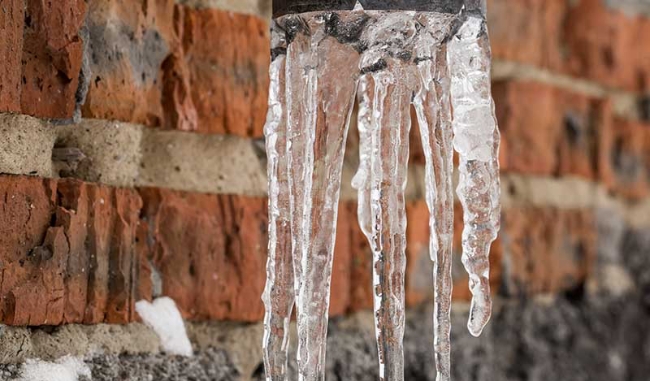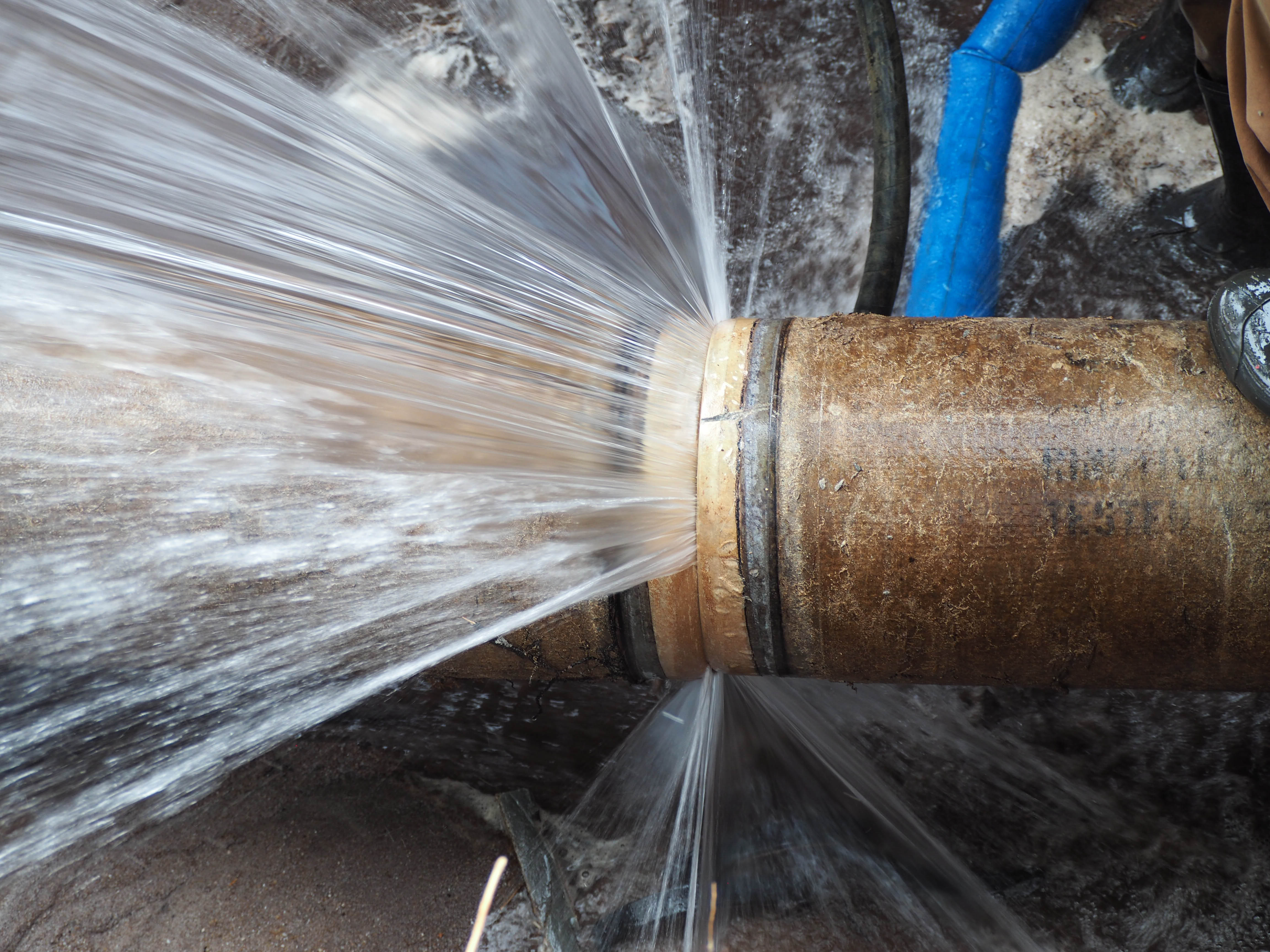Just how do you feel in relation to How To Avoid Freezing Pipes?

Cold weather can wreak havoc on your pipes, specifically by freezing pipelines. Right here's exactly how to prevent it from happening and what to do if it does.
Intro
As temperature levels decrease, the threat of frozen pipes increases, possibly bring about pricey fixings and water damages. Understanding how to avoid frozen pipes is critical for home owners in cool climates.
Comprehending Frozen Pipes
What creates pipelines to freeze?
Pipes ice up when revealed to temperature levels below 32 ° F (0 ° C) for extended durations. As water inside the pipes freezes, it increases, taxing the pipe wall surfaces and potentially causing them to break.
Dangers and problems
Frozen pipelines can result in water supply disturbances, building damage, and pricey repair work. Ruptured pipes can flooding homes and trigger considerable structural damages.
Signs of Frozen Pipeline
Recognizing frozen pipes early can prevent them from bursting.
Exactly how to identify frozen pipes
Look for decreased water circulation from taps, uncommon smells or noises from pipes, and visible frost on exposed pipelines.
Prevention Tips
Insulating vulnerable pipelines
Cover pipes in insulation sleeves or use heat tape to shield them from freezing temperature levels. Focus on pipes in unheated or external locations of the home.
Heating techniques
Maintain indoor areas effectively heated up, especially locations with pipes. Open cabinet doors to enable cozy air to flow around pipelines under sinks.
Shielding Outdoor Pipes
Yard pipes and outdoor taps
Separate and drain yard hose pipes before winter months. Set up frost-proof faucets or cover outdoor taps with shielded caps.
What to Do If Your Pipelines Freeze
Immediate actions to take
If you presume icy pipes, maintain faucets available to relieve pressure as the ice thaws. Utilize a hairdryer or towels taken in hot water to thaw pipelines slowly.
Long-Term Solutions
Architectural adjustments
Take into consideration rerouting pipelines away from exterior walls or unheated areas. Include extra insulation to attics, cellars, and crawl spaces.
Upgrading insulation
Invest in high-grade insulation for pipes, attic rooms, and wall surfaces. Proper insulation assists maintain constant temperature levels and minimizes the threat of frozen pipelines.
Final thought
Preventing frozen pipelines requires proactive actions and fast feedbacks. By recognizing the causes, indications, and safety nets, homeowners can protect their plumbing during cold weather.
5 Ways to Prevent Frozen Pipes
Drain Outdoor Faucets and Disconnect Hoses
First, close the shut-off valve that controls the flow of water in the pipe to your outdoor faucet. Then, head outside to disconnect and drain your hose and open the outdoor faucet to allow the water to completely drain out of the line. Turn off the faucet when done. Finally, head back to the shut-off valve and drain the remaining water inside the pipe into a bucket or container. Additionally, if you have a home irrigation system, you should consider hiring an expert to clear the system of water each year.
Insulate Pipes
One of the best and most cost-effective methods for preventing frozen water pipes is to wrap your pipes with insulation. This is especially important for areas in your home that aren’t exposed to heat, such as an attic. We suggest using foam sleeves, which can typically be found at your local hardware store.
Keep Heat Running at 65
Your pipes are located inside your walls, and the temperature there is much colder than the rest of the house. To prevent your pipes from freezing, The Insurance Information Institute suggests that you keep your home heated to at least 65 degrees, even when traveling. You may want to invest in smart devices that can keep an eye on the temperature in your home while you’re away.
Leave Water Dripping
Moving water — even a small trickle — can prevent ice from forming inside your pipes. When freezing temps are imminent, start a drip of water from all faucets that serve exposed pipes. Leaving a few faucets running will also help relieve pressure inside the pipes and help prevent a rupture if the water inside freezes.
Open Cupboard Doors
Warm your kitchen and bathroom pipes by opening cupboards and vanities. You should also leave your interior doors ajar to help warm air circulate evenly throughout your home.

I recently found that piece of writing on How To Avoid Freezing Pipes when doing a lookup on the web. Loved our article? Please quickly share it. Help another person locate it. Thank-you for going through it.
View Website